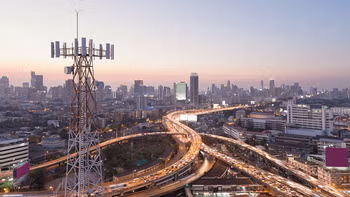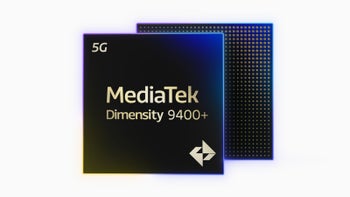Here's how the Galaxy S20 series compares to the Note 10, Pixel 4, and more

UPDATE:MobileFun has obtained dummy units of the Galaxy S20, Galaxy 20+, Galaxy S20 Ultra which have been compared to eachother and previous Galaxy devices. The updated story continues below.
The Galaxy S20 Ultra is a little bigger than the Note 10+
Representing the best of the best in Samsung’s lineup of smartphones will be the Galaxy S20 Ultra. It’s going to feature a huge 6.9-inch Infinity-O AMOLED display complete with a 120Hz refresh rate and a Quad-HD+ (3200x1440p) resolution.
The flagship is also quite a bit longer than the massive OnePlus 7 Pro. However, Samsung’s phone should feel a lot more comfortable in the hand thanks to the curved edges of the rear glass and the fact that it’s a little narrower.
Turning the premium device over reveals a huge camera module that’s over two times the size of the Galaxy Note 10+ equivalent. The dummy in question is based on an earlier prototype that featured five rear sensors, but the smartphone is now expected to house four cameras.
These should include a super-powerful 108-megapixel camera that makes use of pixel binning technology to produce high-quality 12-megapixel shots and improve performance in low-light conditions. It’ll reportedly be combined with a 10x periscope zoom camera complete with a 64-megapixel resolution.
Samsung is planning to combine the data from this sensor with that of the primary camera and a bit of software wizardry to achieve an incredible 100x hybrid zoom. Other features include a 12-megapixel ultra-wide-angle camera, a massive 5,000mAh battery, and the Snapdragon 865 or Exynos 990 depending on the region paired with 5G support as standard.
The Galaxy S20 compares favorably to other phones
On the opposite end of the flagship spectrum sits the standard Galaxy S20. It boasts a smaller 6.2-inch Infinity-O panel but still offers all the perks featured on the premium sibling.
Samsung has also rearranged the cameras this year, which makes the Galaxy S20’s module appear smaller than the Galaxy S10’s equivalent. It’s also much slimmer than the Pixel 4’s bump, but a lot longer.
The Galaxy S20+ is a little taller than the Galaxy S10+
The final phone in Samsung’s new lineup is the Galaxy S20+. It boasts a huge 6.7-inch display but is noticeably more compact than comparable devices.
Today’s dummy comparisons show that it’s roughly the same size as the Google Pixel 4 XL, despite featuring a screen that’s 0.4-inches bigger. This is once again down to Samsung’s effort when it comes to reducing bezel size.
Samsung’s upcoming flagship also appears to be a little narrower than the Galaxy S10+. It should, therefore, be more comfortable to hold, although it is noticeably taller.











Things that are NOT allowed: